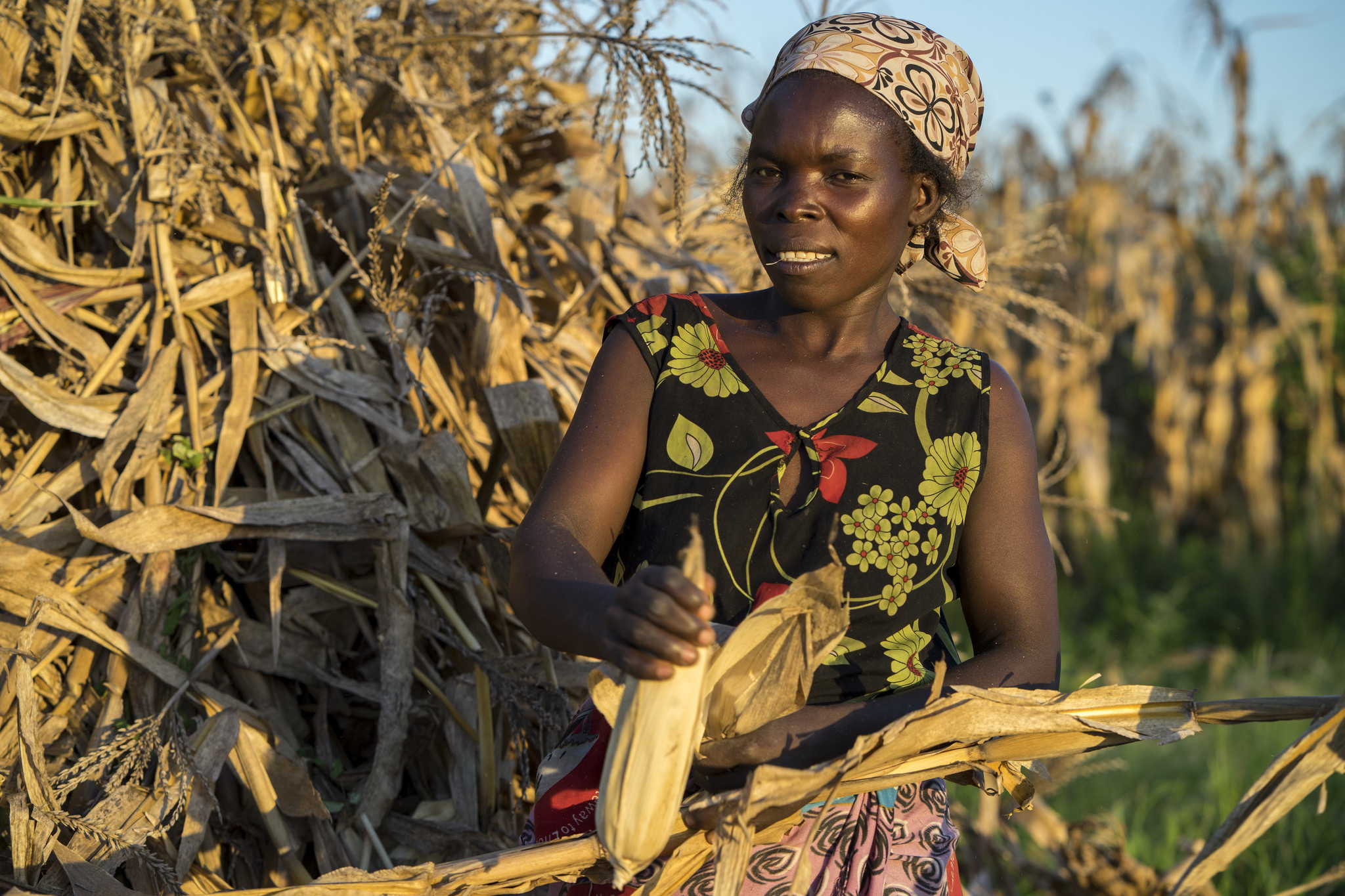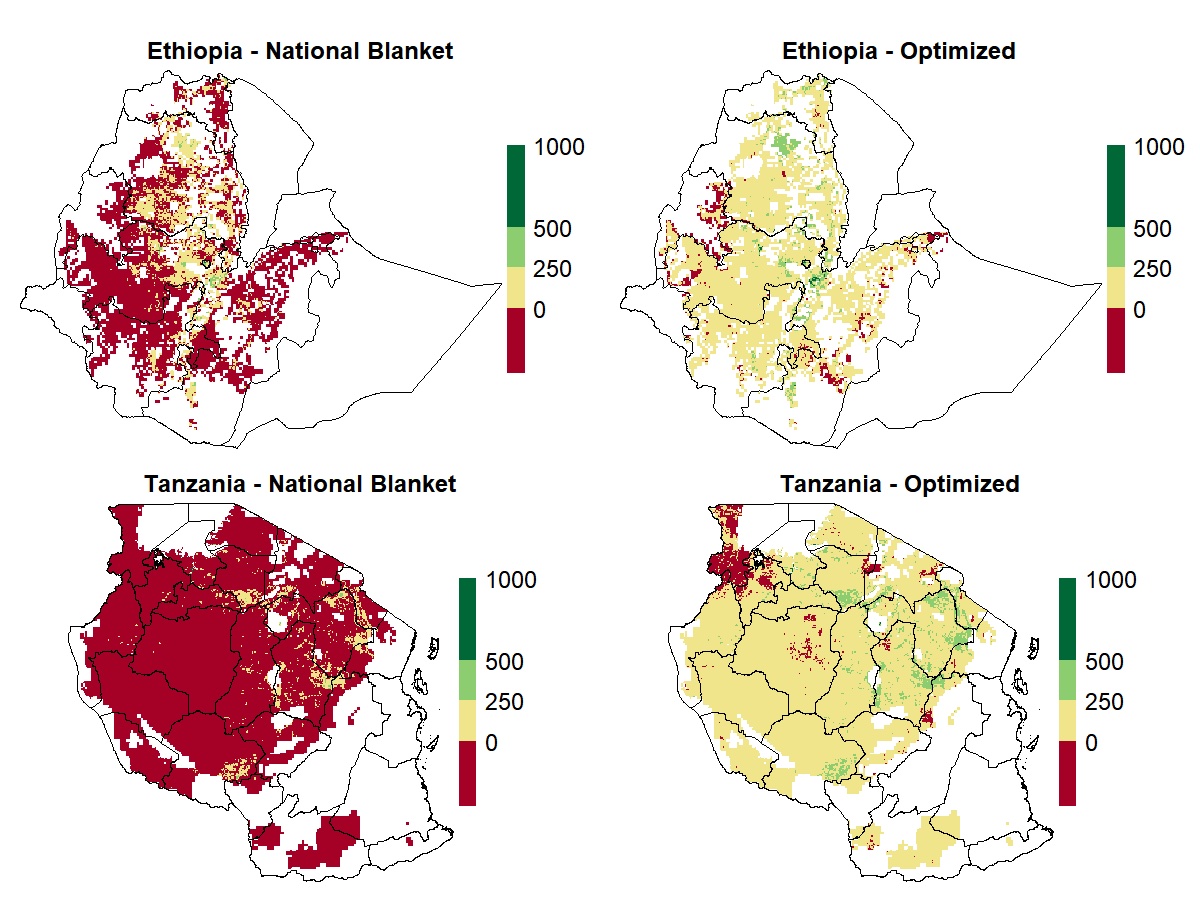Land acquisitions by foreign and local investor farmers has generated much speculation about the impacts on smallholder households and rural communities.
Jordan Chamberlin, a Spatial Economist at the International Maize and Wheat Improvement Center (CIMMYT), and Thomas Jayne of Michigan State University conducted a study in Tanzania to assess whether medium and large-scale farms generate income spillovers for rural households.
They presented their work in a webinar hosted by the CGIAR Research Program on Policies, Institutions, and Markets.
The study looks at inter-district variation in farmland distribution patterns in Tanzania to determine the impact of localized farm structure on rural household incomes. It uses using three rounds of panel data from the Tanzanian National Panel Survey (2009, 2011 and 2013). Because farm structure is a multifaceted concept, five alternative indicators of farm structure are used in the analysis: the Gini coefficient, skewness, coefficient of variation, share of controlled farmland under medium-scale farms, and share of controlled farmland under large farms.
The study highlights four main findings. First, most indicators of farmland concentration are positively associated with rural household incomes, after controlling for other factors. Second, household incomes from farm, agricultural wage and non-farm sources are positively and significantly associated with the share of land in the district controlled by 5-10-hectare farms. Third, these positive spillover benefits are smaller and less statistically significant in districts with a relatively high share of farmland controlled by farms over 10 hectares in size. Fourth, poor rural households are least able to capture the positive spillovers generated by medium-scale farms and by concentrated farmland patterns.
Full study:
Does Farm Structure Matter? The Effects of Farmland Distribution Patterns on Rural Household Incomes in Tanzania. 2018. Chamberlin, J., Jayne, T.S. In: Feed the Future Innovation Lab for Food Security Policy Research Paper 77. East Lansing: Michigan State University.
 Gender equality, youth and social inclusion
Gender equality, youth and social inclusion 
